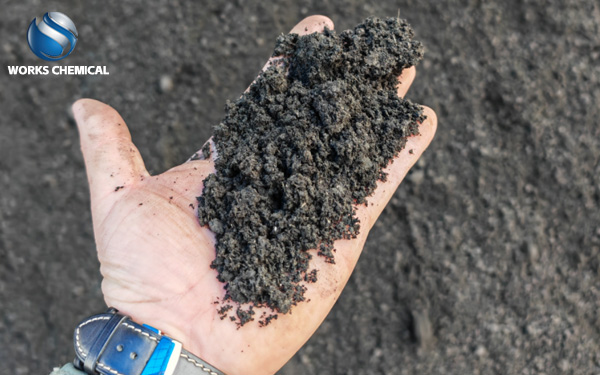
In the field of sewage treatment, sludge treatment has always been a technical bottleneck restricting the development of the industry. Traditional plate and frame filter presses often encounter problems such as high sludge moisture content, low dewatering efficiency, and easy adhesion of filter cloths during operation. As a new type of chemical additive, sludge enhancer significantly improves the dewatering performance of sludge through the synergistic effect of multiple components, and has become a key technological breakthrough for achieving sludge reduction and resource utilization.

I. High moisture Content in Sludge: Industry Pain Point and Technical Challenge
The moisture content of sludge is the core indicator for measuring the dewatering effect. Take municipal sludge as an example. Its initial moisture content is usually as high as 97%-99%, and it can still reach 75%-85% after mechanical dewatering. High moisture content not only increases transportation and disposal costs, but also leads to a large volume of sludge and a decrease in calorific value, which restricts subsequent resource utilization such as incineration and composting. Traditional treatment methods such as adding lime and iron salts can reduce the moisture content, but they have disadvantages such as large dosage of chemicals, severe equipment corrosion and increased sludge volume.
Ii. The Mechanism of Action and Technical Advantages of Sludge Enhancers
Sludge enhancers reconstruct the dewatering performance of sludge through a "triple mechanism of action" :
Destruction of colloid structure
The microbial cells and extracellular polymers (EPS) in the sludge form a stable colloidal system, encapsulating a large amount of bound water. The surfactant in the sludge enhancer can reduce the ζ potential on the surface of sludge particles, compress the thickness of the double electric layer from 15-20nm to 5-8nm, and destroy the stability of the colloid. Meanwhile, oxidants (such as persulfate) break the protein-polysaccharide chains in EPS, releasing bound water and reducing the specific resistance of sludge from 1.2×10¹³m/kg to 3.5×10¹²m/kg. Skeleton construction effect
Inorganic mineral powder serves as a support to form water-conducting channels with a diameter of 50-100μm between sludge particles. Experiments show that after adding 0.3% sludge enhancer, the porosity of the filter cake increases from 42% to 68%, and the water permeability improves by more than three times.
Organic matter modification
Polymer flocculants flocculate fine sludge particles into large-sized flocs through electrical neutralization and bridging effects. Combined with the support of the inorganic framework, a filter cake structure of "loose on the outside and dense on the inside" is formed, effectively resisting the compression deformation during the pressure filtration process.
The emergence of sludge enhancers not only breaks through the technical bottlenecks of traditional sludge treatment but also provides strong support for the low-carbon transformation of the industry. Through continuous technological innovation and application optimization, sludge efficiency enhancers are expected to become the core tool for achieving the goals of sludge "reduction, stabilization, harmless treatment and resource utilization", and help the sewage treatment industry move towards a new stage of green development.